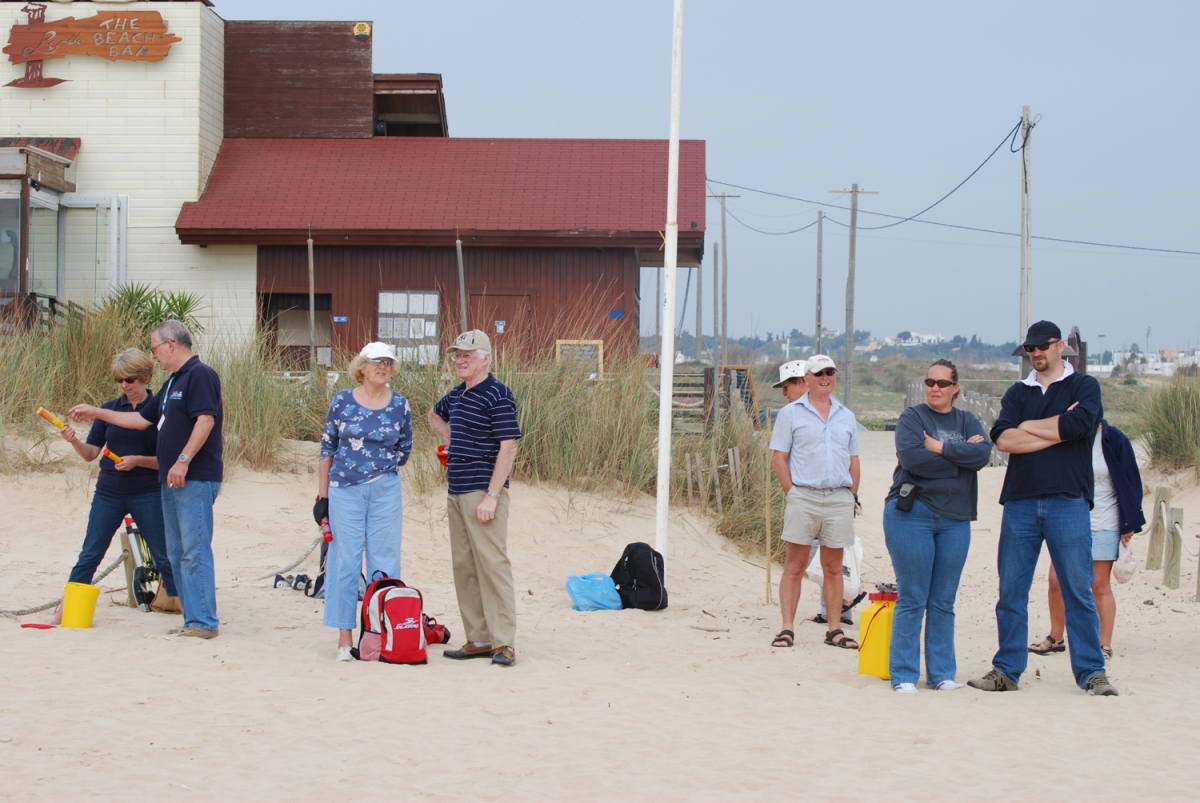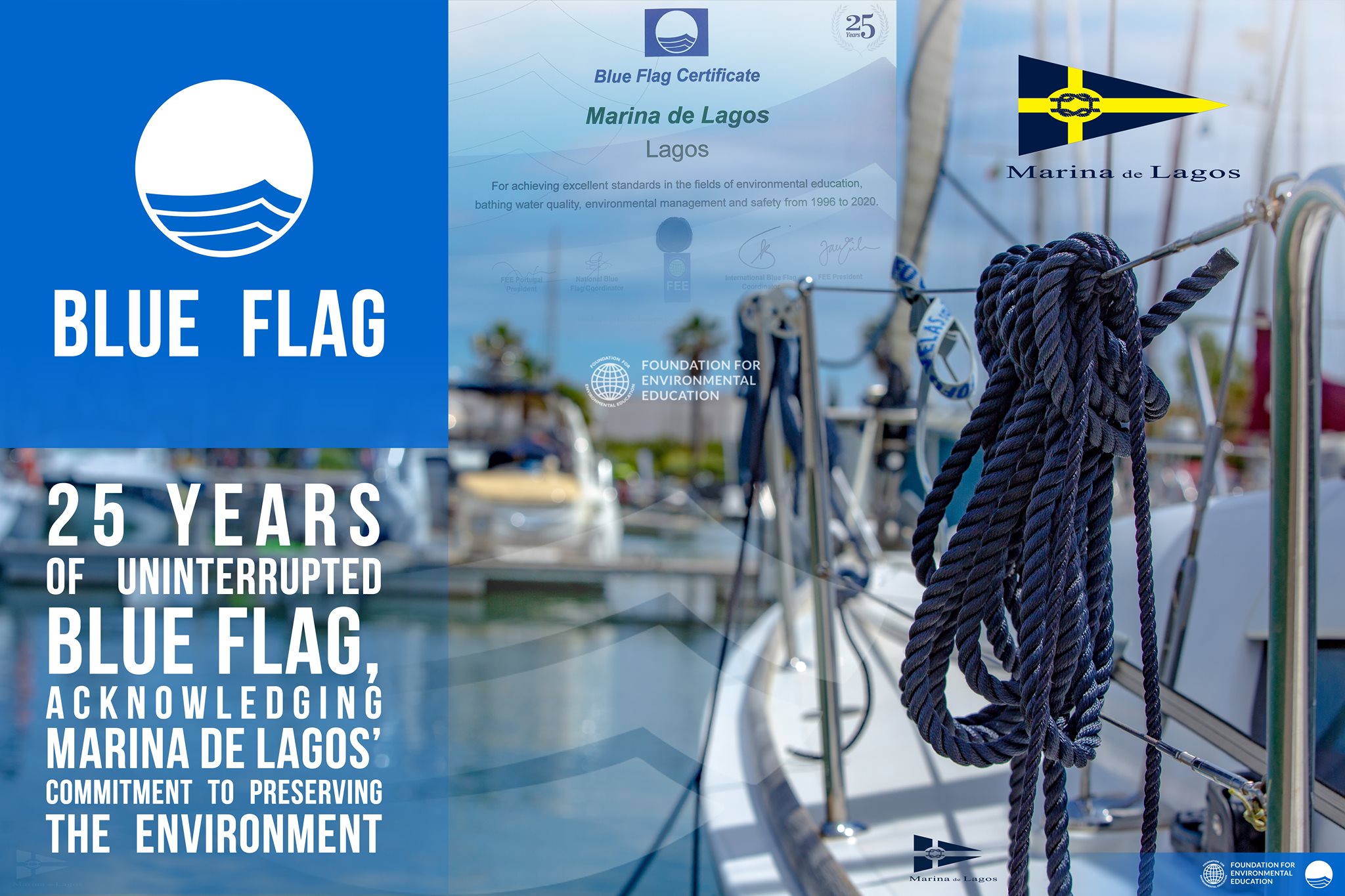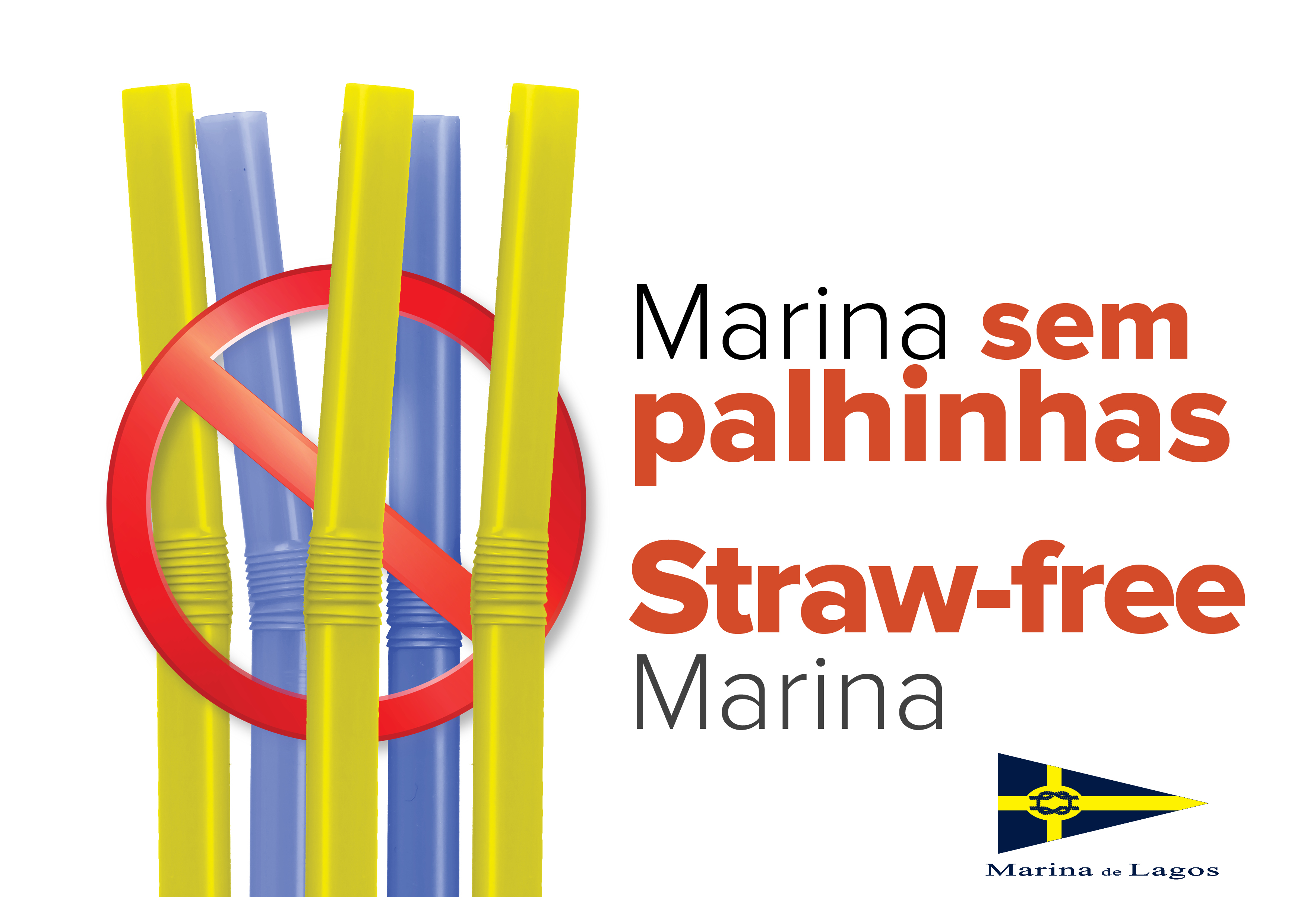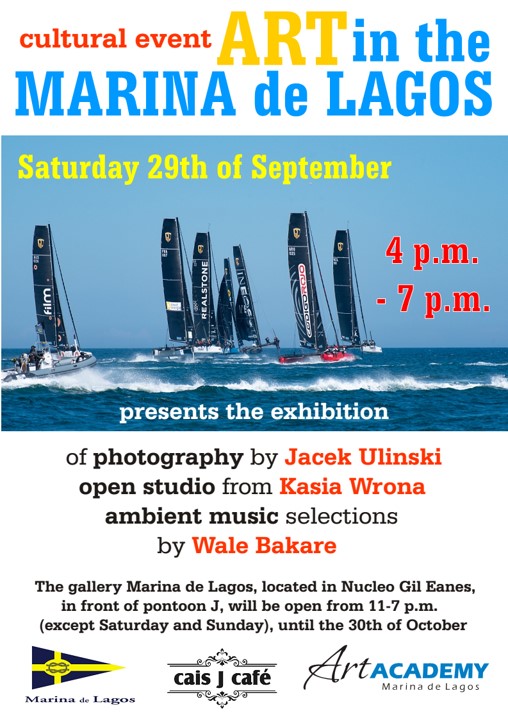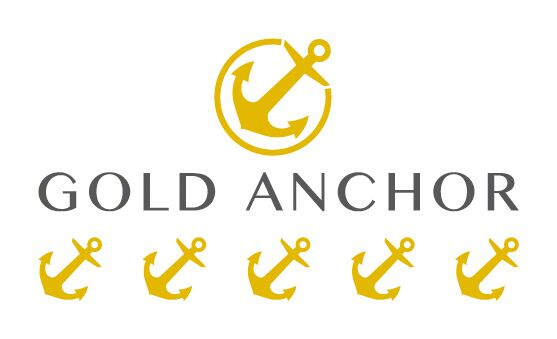

Flare Exercise - Conclusions
Lagos Navigators and Marina de Lagos recently got together and, with the support of the local Maritime Police, conducted a “live-firing-exercise” of Time-Expired Pyrotechnics (TEPs).
The analysis of the results from firing 120 TEPs showed a major “break-point” at 2006, with only 2 smoke canister failures in the most recent 5-year period beyond expiry date. The sub-totals for the 5 years prior showed a failure rate of just under 50%, while TEPs over 10 years beyond expiry had almost 2/3rd failures.
It must be stressed that we made NO attempt to measure true performance in terms of height achieved by rockets, duration of burn, brightness of flare or density of smoke.
From our experiences, even if they give less than 100% performance, it seems good sense to keep one previous “generation” as spares. (But be aware that some countries deem it an offence to carry out-of-date pyrotechnics.)
| Year | Anti Coll. | Hand Held | Rocket | Smoke Can. | TOTAL | |||||
| of Expiry | Fail | Pass | Fail | Pass | Fail | Pass | Fail | Pass | Fail | Pass |
| 1993/00 | 1 | 0 | 16 | 8 | 2 | 2 | 0 | 1 | 19 | 11 |
| Fail % | 100 | 67 | 50 | 0 | 63 | |||||
| 2001/05 | 0 | 0 | 10 | 12 | 3 | 2 | 2 | 4 | 15 | 18 |
| Fail % | 45 | 60 | 33 | 45 | ||||||
| 2006/10 | 0 | 5 | 0 | 32 | 0 | 8 | 2 | 10 | 2 | 55 |
| Fail % | 0 | 0 | 0 | 17 | 4 | |||||
| TOTAL | 1 | 5 | 26 | 52 | 5 | 12 | 4 | 15 | 36 | 84 |
| Fail % | 17 | 33 | 29 | 21 | 30 | |||||
Flares do not seem to be worth retaining for more than 5 years beyond their Expiry Date. The erratic behaviour of older Rockets makes them potentially dangerous to the user.
Try to choose flares which are instantly recognisable for function and direction of operation – BY TOUCH; or think of a way to mark them; or stow them so as to aid identification. If possible, select flares with a common operating procedure. EG: Point, Pull, Twist, Smack.
READ THE INSTRUCTIONS – before you need them. It was salutary how many flares had tiny print, obscure drawings or lack of clarity. Remember, if you really need to use these dangerous but potentially life-saving devices, it will be dark, cold, wet, and windy - and your spectacles will be in the chart table.
Keep a pair of leather gloves with your flares – the residue gets HOT! If it doesn’t ignite, “DITCH IT, QUICK!” Don’t try to shake it into life, or to look down the end to see what is wrong!
30.03.2010

